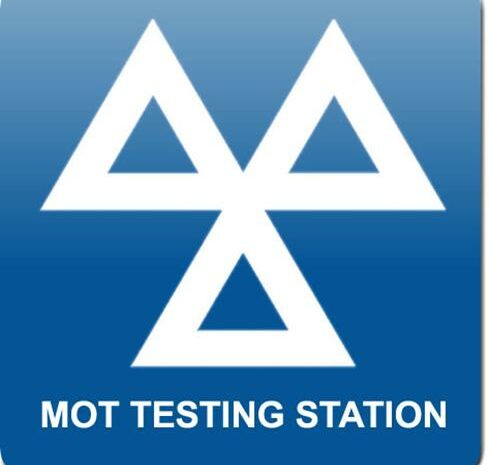One of your duties as a responsible motorcyclist is to ensure your motorbike is in a roadworthy condition. As with other vehicles on the road like cars and vans, roadworthiness is determined by what is known as an MOT test. All vehicles that are more than three years old need to have an MOT annually. The MOT certificate, which is valid for one year, is required for road tax and insurance purposes.
Do not ignore the need to MOT your bike – you will get in trouble!
You can have your vehicle tested up to one month before the current certificate expires. Not carrying out an MOT before expiry can land you in legal troubles and invalidate your insurance. It is simply not worth the risk. There are many garages that will MOT your bike, a simple internet search should help you to locate somewhere close to you.

What is an MOT?
Your motorbike needs to meet minimum requirements for environment and road safety. An MOT test looks at key parts of your bike to determine whether they satisfy these requirements. It is important to point out that having an MOT certificate doesn’t give you any guarantees around the general mechanical condition of your bike.
Where should you get an MOT?
You can get an MOT test done at authorised motorbike test stations which display a logo comprising three blue triangles. The maximum amount that the station charges for an MOT needs to be clearly displayed, although you might ultimately be charged less than this.
The actual MOT test is carried out in designated test areas, by an authorised tester and mechanic using a range of appropriate equipment. You can watch while the test is being carried out; however, you cannot interrupt the examination. Many people drop off their bike, go to work, then come back to pick it up later. This allows time for the tester, especially if the garage is busy.
Test procedures are standardised and documented in a manual, and these should be made available to you on request.
Components to be tested
An MOT for a motorbike typically takes less than 45 minutes. Much like with a car, the essential parts of the vehicle are looked at carefully to ensure they are running properly. This includes:
- Lights
- Steering and suspension
- Wheels and tyres
- Frame
- Braking
- Exhaust system
- Fuel system
- Seats
- Wheel alignment
- Sidecars
- Horn
- Registration plates
- Drive chain and sprocket
- Throttle
- Clutch lever
- Footrests
Common reasons for failing MOT
Over 20 per cent of bikes fail their MOT. Of those who fail, over half do so due to defective lights. The next most common reason for failing an MOT is steering problems, following by issues with brakes such as fluid leaks, then worn tyres.
It is worth bearing in mind that your bike may fail its MOT for much smaller defects, such as having the wrong size license plate. There are plenty of checks you can do before taking your vehicle to have its MOT to boost your chances of passing the first time.
What if you don’t agree with the result?
If you are not happy with the way the MOT was carried out or if you want to appeal a fail, you can get in touch with your local Vehicle and Operator Services Agency (VOSA) office. Please note that if you wish to dispute a fail, you need to contact VOSA within 14 working days of the test.
Apart from dealing with complaints and appeals, VOSA also supervises the MOT scheme. They authorise MOT test stations, set standards for testing as well as provide training for testers.